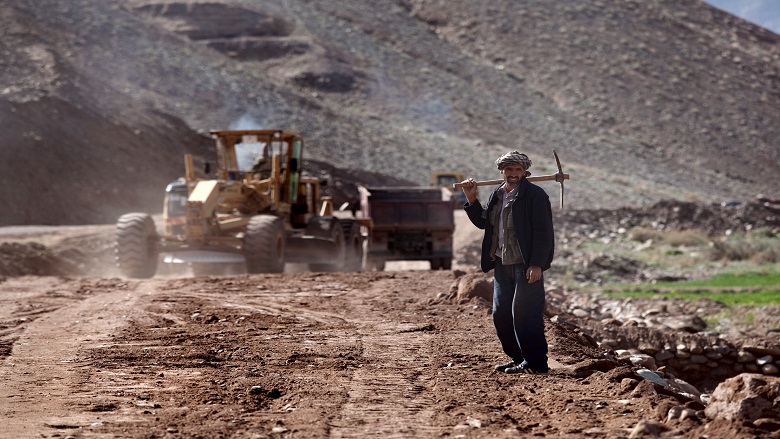Seventeen years after the Bonn Agreement under which a new interim administration was established, .
. Unemployment rates are high. The country’s rapid population growth places pressure on service delivery and .
Declines in grant assistance accompanying the drawdown of international security forces has weakened demand and led to a broad and sustained economic slowdown.
While much progress has been made, institutions do not adequately mediate competition and conflict over resources, protect property rights, or keep citizens safe.
that are difficult to generate.
In this context, how can economic development be achieved in Afghanistan?
The “Afghanistan to 2030” report highlights a set of priorities for economic development in Afghanistan, taking ongoing fragility as a given.
The report answers the following questions:
- How can Afghanistan overcome its current economic slowdown?
- How can the government, businesses, and households best manage the risks associated with fragility?
- What kind of growth model can achieve development needs in the context of ongoing fragility and resource constraints?
- How can economic development priorities be financed?
The report finds that .
This would require policy measures to support households and businesses deal with the risks of insecurity. It would also require a balanced growth strategy, involving increased public spending on human capital, improved agricultural productivity, and the mobilization of new investment in the extractives sector.
The report draws on several background papers that are available below.
- Managed labor migration in Afghanistan: exploring employment and growth opportunities for Afghanistan
- Precautionary wealth and financial access: evidence from Afghanistan
- Estimating conditional functional multipliers
- Insecurity and industrial organization: evidence from Afghanistan
- Computable general-equilibrium modeling of Afghanistan growth opportunities
- Literature review on human capital and economic growth
- Trade as a vehicle for growth in Afghanistan: challenges and opportunities
- Afghanistan renewable energy development: issues and options
- Investment under risk and uncertainty in Afghanistan
- Afghanistan: Promoting education during times of increased fragility
